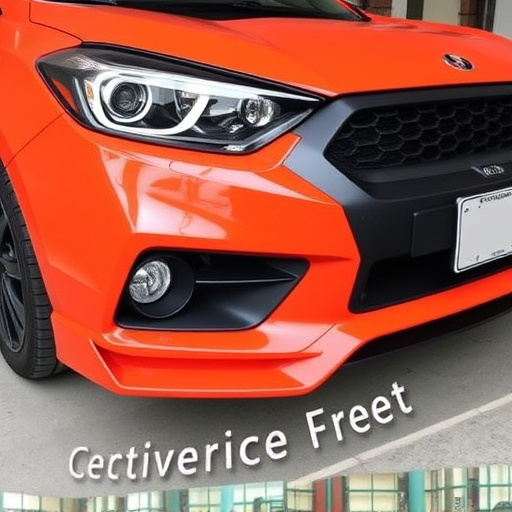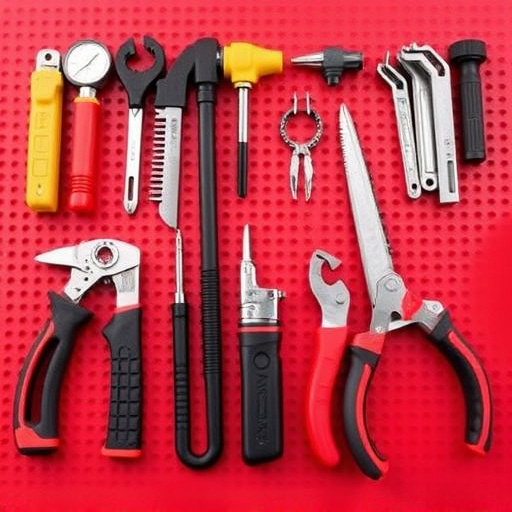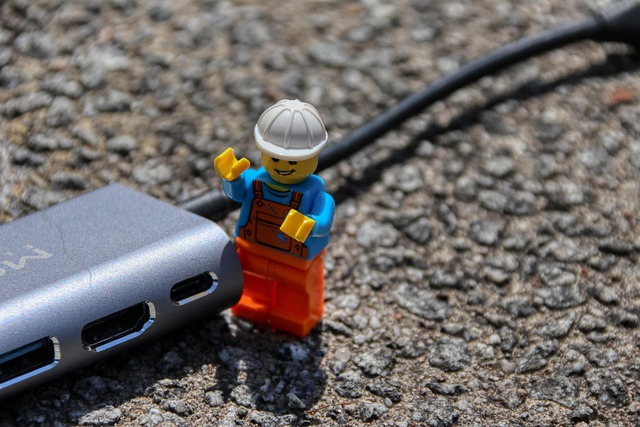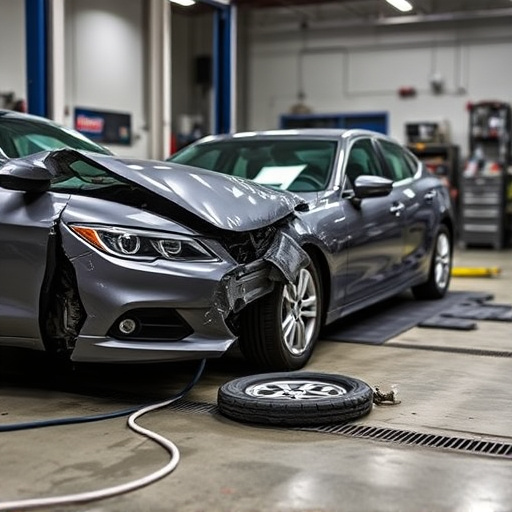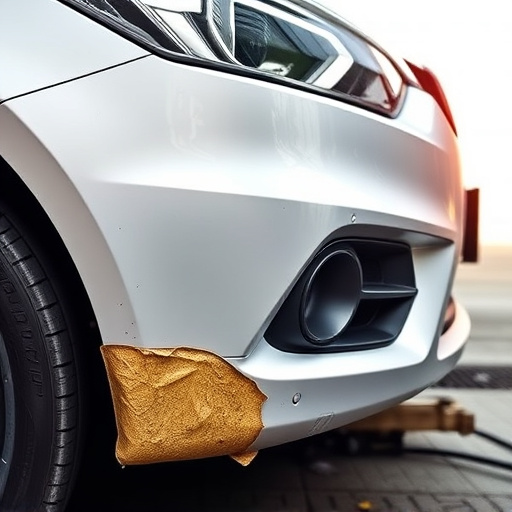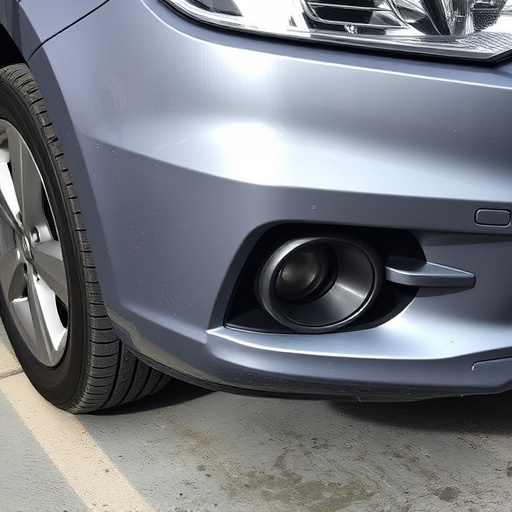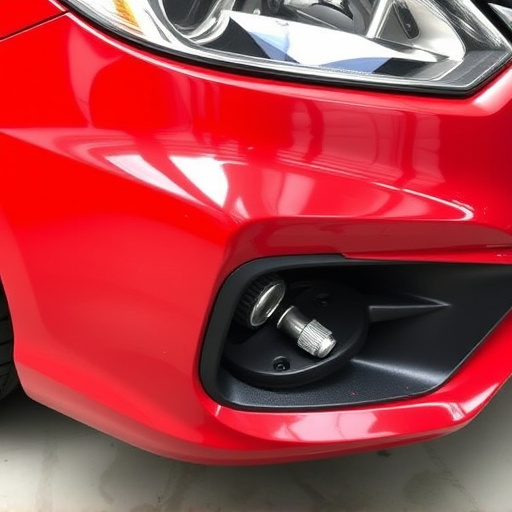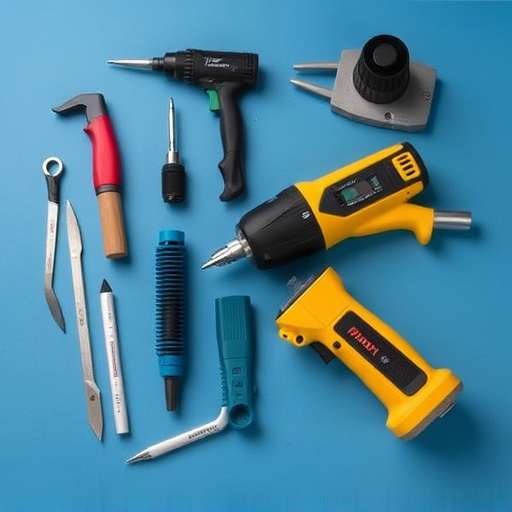Accessing OEM (Original Equipment Manufacturer) repair procedures is a significant advantage for collision and automotive body shops, enabling them to provide high-quality car dent repair and auto body services. These detailed guides offer insights into vehicle manufacturing standards, material specifications, and assembly techniques, ensuring precise repairs. By leveraging OEM access, shops can stay updated with modern vehicles' technological advancements and safety features, fostering customer trust and satisfaction while maintaining their reputation for safe and indelible repairs. However, collision shops face challenges in accessing and understanding diverse OEM information across various makes and models, exacerbated by evolving automotive technology. To overcome these hurdles, they should build strong OEM relationships, subscribe to industry platforms, and invest in staff training on the latest repair methods, enhancing service quality, reducing repair times, and ultimately improving customer satisfaction.
In the competitive landscape of collision repair, staying ahead requires more than just skilled technicians. OEM repair procedure access is a game-changer that empowers shops to deliver precise, high-quality repairs. This article delves into the significance of this access, exploring its benefits, from enhancing efficiency and accuracy to ensuring vehicle performance and safety. We also discuss challenges and best practices for collision shops navigating this essential aspect of modern automotive service.
- Understanding OEM Repair Procedure Access
- Benefits of Having Access to OEM Repair Procedures
- Challenges and Best Practices for Collision Shops Regarding OEM Access
Understanding OEM Repair Procedure Access

Understanding OEM Repair Procedure Access is a game-changer for collision shops and automotive body shops alike. It refers to the ability to access original equipment manufacturer (OEM) repair procedures, which are detailed step-by-step guides designed to ensure the highest quality of repairs. These procedures provide a deep understanding of vehicle manufacturing standards, material specifications, and assembly techniques, offering a more accurate and precise approach to car dent repair and auto body services.
With OEM access, professionals in these shops can make use of the latest technological advancements and safety features incorporated into modern vehicles. This is especially important as vehicles continue to become increasingly complex with sophisticated systems and materials. By following these procedures, automotive body shops can maintain their reputation for indelible and safe repairs, fostering customer trust and satisfaction.
Benefits of Having Access to OEM Repair Procedures

Having access to OEM (Original Equipment Manufacturer) repair procedures offers significant advantages for collision shops and car bodywork services. It allows technicians to perform precise and accurate repairs, ensuring that each vehicle is restored to its original specifications. With these detailed guidelines, collision centers can deliver high-quality work, maintaining the integrity of the vehicle’s design and safety features.
This access also streamlines the repair process, enabling efficient vehicle body repair. Technicians can quickly refer to the OEM procedures, reducing time spent on troubleshooting and diagnosis. As a result, collision shops can optimize their workflow, accommodate more clients, and potentially reduce overall repair costs, making them a go-to choice for top-notch vehicle body repair services.
Challenges and Best Practices for Collision Shops Regarding OEM Access

Collision shops face unique challenges when it comes to OEM (Original Equipment Manufacturer) repair procedure access. Obtaining and understanding these procedures is essential for accurate and efficient auto body work, especially in complex cases like bumper repairs. The primary obstacle is often restricted access to OEM information, which can vary across different vehicle makes and models. This issue is further compounded by the constant evolution of automotive technology, ensuring that keeping up with the latest repair methods and guidelines is a continuous task for these shops.
To navigate these challenges, collision shops should adopt best practices such as fostering strong relationships with OEMs, subscribing to industry-leading information platforms, and investing in comprehensive training programs for their staff. By staying informed about the latest OEM repair procedures, including those related to auto body painting techniques, shops can enhance their service quality, reduce repair times, and ultimately, improve customer satisfaction. This proactive approach ensures that collision shops remain competitive and well-equipped to handle a wide range of auto body work, from minor fender benders to more intricate damage scenarios.
Collision shops can significantly enhance their efficiency and quality of repairs by gaining access to Original Equipment Manufacturer (OEM) repair procedures. This provides a comprehensive guide for specific vehicle models, ensuring precise and standardized restoration. However, navigating the challenges of implementing OEM access, such as cost and training requirements, is essential for collision shops to stay competitive in today’s automotive industry. Adopting best practices, including staying updated with digital resources and fostering partnerships, can help workshops maximize the benefits of OEM repair procedure access.
